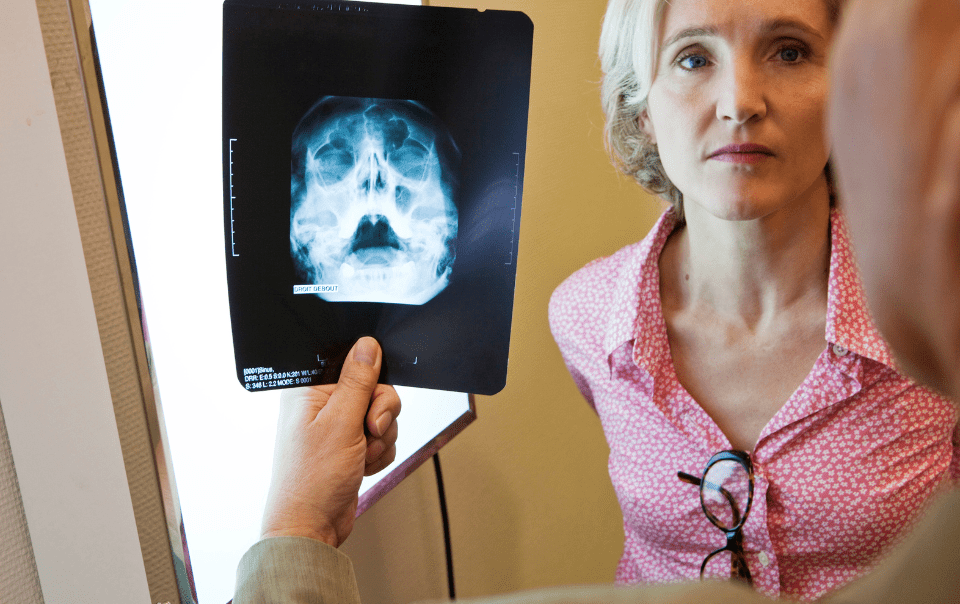Sinus surgery can effectively treat individuals who suffer from chronic sinusitis or other sinus conditions that impact their breathing. Chronic sinusitis is a common condition that causes inflammation and swelling of the sinuses, resulting in nasal congestion, difficulty breathing, and other uncomfortable symptoms.
Sinus surgery alleviates these symptoms by removing blockages or obstructions in the sinuses. Sinus surgery is also highly effective at eliminating polyps, repairing a deviated septum, or opening blocked sinus passages to significantly improve the patient’s ability to breathe through their nose.
Over the years, there have been significant advancements in sinus surgery techniques, making the procedure more effective and less invasive. This article explores some of the modern-day sinus surgery techniques for easy breathing.
Endoscopic Sinus Surgery (ESS)
Endoscopic sinus surgery (ESS) is one of today’s most commonly used sinus surgery techniques. The procedure involves using a thin tube with a camera attached to it, called an endoscope, to view the sinuses and surrounding structures. The surgeon then uses specialized instruments to remove obstructions, such as polyps or scar tissue, and open the sinus passages.
ESS is a minimally invasive procedure involving small incisions and less tissue damage than traditional sinus surgery techniques. This results in less pain, faster recovery time, and a lower risk of complications. ESS is often performed as an outpatient procedure so patients can go home the same day.
Balloon Sinuplasty
Balloon sinuplasty is a relatively new sinus surgery technique that uses a small balloon catheter to open blocked sinus passages. The procedure involves inserting a small balloon catheter into the affected sinus. The balloon is slowly inflated to widen the blocked area. The balloon is then deflated and removed, leaving the sinus passage open.
Balloon sinuplasty is much less invasive than traditional and alternative sinus surgery treatments because it causes minimal tissue damage. It is also a relatively quick procedure that takes less than an hour to complete. Patients go home the same day and experience less pain and a faster recovery than traditional sinus surgery techniques.
Image-Guided Endoscopic Sinus Surgery
Image-guided sinus surgery is a technique that uses advanced imaging technology, such as CT scans or MRIs, to create a 3D map of the sinuses and surrounding structures. This map enables the surgeon to navigate the sinuses with their instruments and ensures precise placement during the procedure.
Image-guided sinus surgery is beneficial in cases where the anatomy of the sinuses is abnormal or when previous surgery has left scar tissue or other obstructions. By using advanced imaging technology, the surgeon can navigate around these obstacles and improve the outcome of sinus surgery.
Functional Endoscopic Sinus Surgery (FESS)
Functional endoscopic sinus surgery (FESS) aims to improve the function of the sinuses by removing any obstructions and restoring proper drainage. The procedure involves using an endoscope to view the sinuses and surrounding structures and specialized instruments to remove blockages or obstructions.
FESS is a minimally invasive procedure involving small incisions and less tissue damage than traditional sinus surgery techniques. It is typically performed on an outpatient basis, meaning patients can go home the same day. FESS is an effective treatment for chronic sinusitis and other sinus-related conditions.
Revision Sinus Surgery
Revision sinus surgery is a medical procedure that is performed when previous sinus surgery has failed to alleviate sinus symptoms or has resulted in complications. It is a more complex and challenging procedure than primary sinus surgery and requires specialized expertise and equipment.
Currently, revision sinus surgery is associated with a slightly higher risk of complications and a lower success rate than primary sinus surgery. However, advances in technology and techniques have led to improvements in the procedure’s safety and efficacy.
In the future, it is likely that revision sinus surgery will continue to evolve as new technologies and techniques are developed. For example, researchers are exploring the use of computer-assisted navigation systems to improve the accuracy and precision of revision sinus surgery. These systems use real-time imaging to guide the surgeon’s instruments and provide more detailed information about the anatomy of the sinuses.

Overall, while it is difficult to predict the exact trajectory of revision sinus surgery, it is likely that the field will continue to advance and improve as new technologies and techniques are developed and refined. However, it is important to note that revision sinus surgery is a complex and challenging procedure, and patients should only undergo it with the guidance and expertise of a qualified physician, like Dr. Alen Cohen.
How Beneficial Is Sinus Surgery?
The extent to which sinus surgery improves breathing depends on various factors, including the severity and nature of the underlying condition. However, studies show sinus surgery can significantly improve breathing function and quality of life for individuals with chronic sinusitis.
In addition to improving breathing, sinus surgery can alleviate other symptoms associated with chronic sinusitis, such as headaches, facial pain, and pressure, thus reducing the need for ongoing medications and other treatments.
Sinus surgery is an effective treatment for individuals who suffer from chronic sinusitis or other nasal issues that impact their breathing. If you are struggling with chronic sinusitis or other sinus-related symptoms, consult with a sinus surgery expert to determine the best treatment option for your specific needs. By considering these factors, you can choose a surgeon who can perform the surgery safely and effectively, ensuring a successful outcome.

